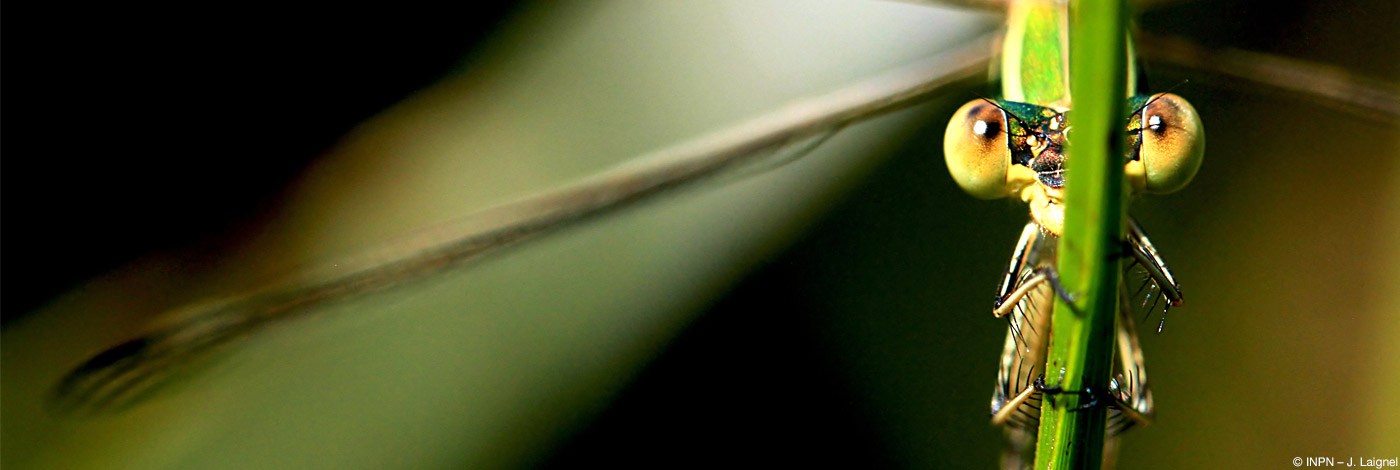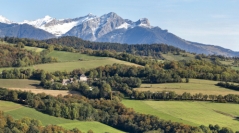

 Naturae
2023 (9) - Pages 151-170
Naturae
2023 (9) - Pages 151-170The Écrins National Park (PNE), a high mountain territory with several peaks reaching more than 3000 meters above sea level, is very diverse in terms of landscape, geology and local climate. The first inventories of diplopod arthropods (Class Diplopoda de Blainville in Gervais, 1844) of the Écrins national Park were carried out by Jean-Jacques Geoffroy during the years 1976 to 1979. It will take nearly 38 years for a new survey campaign on this group to be implemented again. From 2017, park agents began to collect various species of arthropods, including myriapods and terrestrial isopods. Serious taxonomic expertise is urgently required and a research partnership based on the opportunistic collection of taxa is implemented from 2019 to 2021. This collaboration was boosted in 2021 by a visit to all sectors of the park during 10 days of inventory. The biological inventories (IBG – Generalized biological inventories & ATBI – All-taxa biodiversity inventory) that are set up in the Lauvitel strict reserve (38) will also improve knowledge about this group. More recently, the study of forest litter carried out within the national park from 2020 to 2021 has made it possible to usefully complete the knowledge through 187 sampling plots scattered throughout the park. This synthesis on the diplopods and isopods of the PNE thus covers 1105 data coming mainly from inventory surveys and opportunistic collections carried out by park agents for isopods, while for diplopods the majority of the data comes from bibliographic data and the study of forest litter. The various means of inventory undertaken testify, through the species accumulation curve (SAC), to a good completeness of knowledge on the species present within the territory, especially for diplopods which account for 62 % of the occurrences analyzed. The species diversity observed, with 58 species recorded (28 diplopods and 30 isopods), is relatively high but constrained by factors related in particular to the geographical isolation of the territory and the climate, although the valleys and in particular the Durance river are identified as major dispersal routes of these terrestrial arthropods. Each species is the subject of a brief analysis (distribution, ecology, altitudinal distribution within the park) and we evaluate the conservation status of each of them, in order to establish an operational link between taxonomic knowledge and the consideration of conservation issues of terrestrial diplopods and isopods. Thus, three species of isopods (Tendosphaera verrucosa Verhoeff, 1930, Porcellio aff. spinipennis Budde-Lund, 1885 and Porcellio provincialis Aubert & Dollfus, 1890) and four species of diplopods (Janetschekella valesiaca (Faës, 1902), Leptoiulus helveticus (Verhoeff, 1894), Nanogona uncinata (Ribaut, 1913) and Craspedosoma taurinorum Silvestri, 1898) are identified as being of high conservation value within the territory of the park. J. valesiaca in particular, because of its nival habits, could be threatened in the short term by global warming.